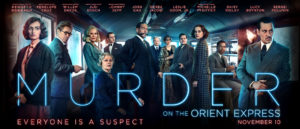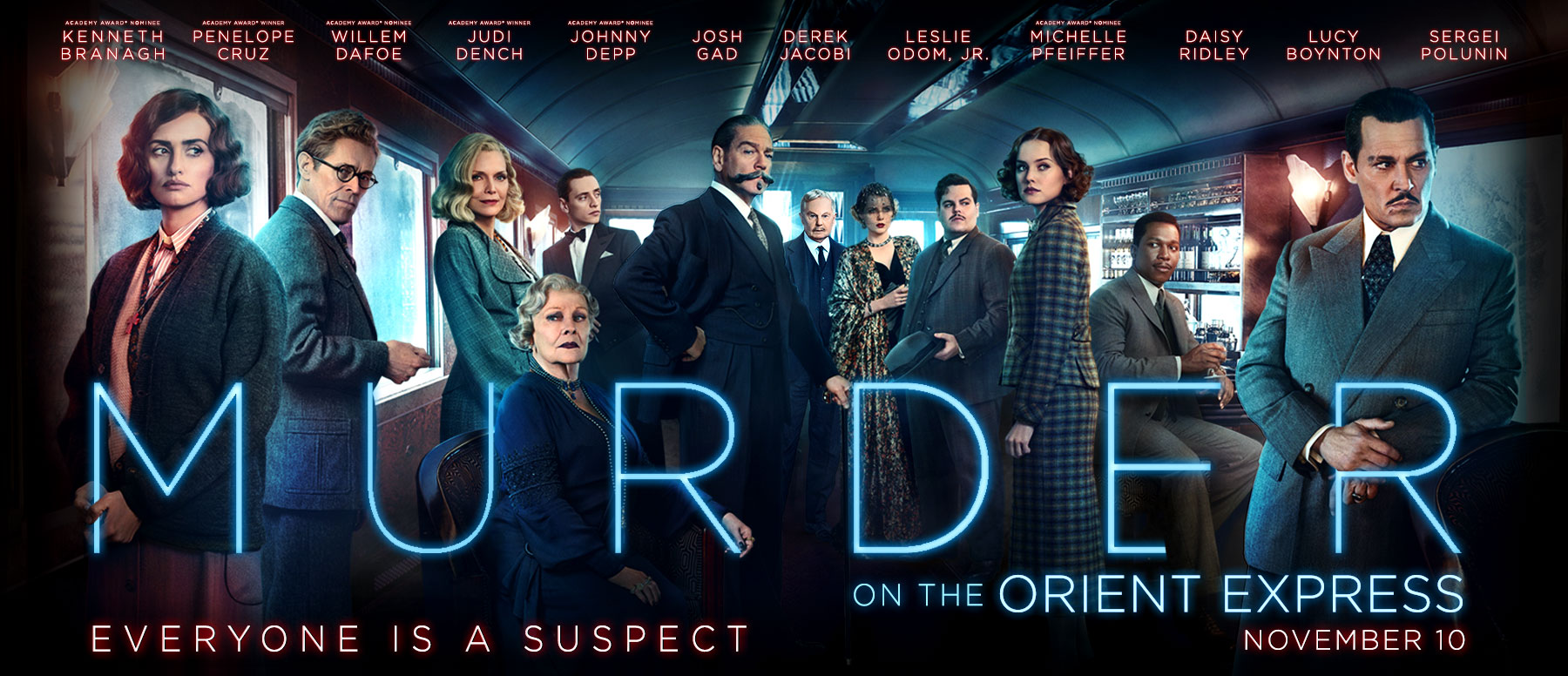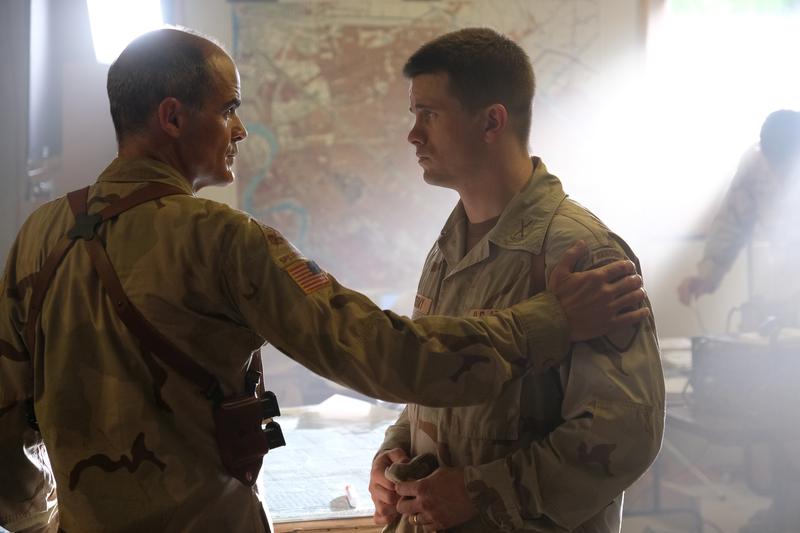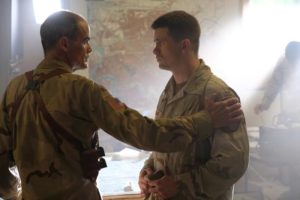Murder on the Orient Express
Posted on November 9, 2017 at 5:54 pm
B| Lowest Recommended Age: | Middle School |
| MPAA Rating: | Rated PG-13 for violence and thematic elements |
| Profanity: | Some mild language |
| Alcohol/ Drugs: | Drinking, smoking, drugs |
| Violence/ Scariness: | Plot concerns a murder, references to kidnapping and murder of a child, suicide, miscarriage, gun, knife, scuffle |
| Diversity Issues: | Diverse characters, racism is raised as an issue |
| Date Released to Theaters: | November 10, 2017 |
| Date Released to DVD: | February 27, 2018 |

One of Agatha Christie’s most beloved mysteries has returned to the screen with another all-star remake of “Murder on the Orient Express,” this time starring Sir Kenneth Branagh, who also directed, as the brilliant Belgian detective Hercule Poirot. It does not have the lush glamour of the 1974 original, directed by Sidney Lumet, and the tone is uneven, but the tricky puzzle is still fun to try to solve, for those who have not read the book or seen the earlier film, and the international cast makes it entertaining.
We first see Poirot in Jerusalem by the Wailing Wall, one of the most sacred locations in the world. It is before WWII and Israel is not yet a state. A priceless relic has been stolen and the suspects, as Poirot notes, are right out of the set-up for a joke: a rabbi, an imam, and a priest. Poirot neatly solves the crime and even more neatly blocks the culprit’s attempt to flee. He explains that he is what decades later would be called obsessive-compulsive, so aware of patterns that he becomes deeply distressed when they are not symmetrical. He even refuses to eat two boiled eggs because they don’t match. But what causes him enormous anxiety in life turns out to be ideal for solving crime. “The imperfections stand out,” he explains. “It makes most of life unbearable but it is useful in the detection of crime.”
When he says he is going to take a nice long train ride and relax with a book by Dickens, we know he will soon be solving another mystery. As his friend, a handsome but louche train company official, says, a train combines three things: boredom, anonymity, and a gentle rocking motion, and that can lead to all kinds of fascinating possibilities.
Of course, in order to have a mystery, we have to have suspects and clues, so much of the film is taken up with introducing us to the cast of characters, a very international group, as one might expect on a train from Istanbul to Paris. It includes a friendly governess (“Star Wars'” Daisy Ridley as Mary Debenham), a British doctor of African heritage (“Hamilton’s” Leslie Odom Jr. as Dr. Arbuthnot), a professor (Willem Dafoe), an elderly countess (Dame Judi Dench), an Italian-American car dealer (Manuel Garcia-Rulfo), and a shy missionary (Penelope Cruz).
Some additions to the storyline are more distracting than illuminating. More seriously, they take away from our chance to get to know the very large cast of characters and that takes away from the sense of mystery and the stakes of the outcome. Shifts in tone give the film a disquieting inconsistency and flashy camera moves, like an extended shot looking down at the characters’ heads, serve no purpose except to make us wonder what they are supposed to be doing. Poirot is famously proud of his mustache, and so any depiction of the character must have some impressive facial hair. Branagh’s is close to farcical, making us wonder whether it merited or required its own trailer on set. One thing we know about Christie and her famous creations — they always knew exactly where they wanted us to be. This movie does not.
Parents should know that this film contains peril and violence including murder, references to kidnapping and murder of a child, suicide, miscarriage, gun, knife, scuffle, drinking, smoking, drugs, sexual references including prostitute, some racist comments, and some mild language.
Family discussion: Did Poirot make the right choice? What were the most important clues? What can you learn from him about observing significant details?
If you like this try: the original version with Albert Finney and other movies based on Agatha Christie stories like “Death on the Nile”




